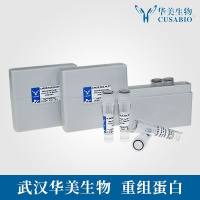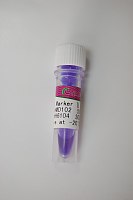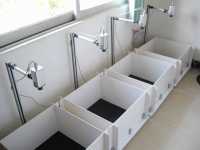Isolation of Plant DNA for Pulsed-Field Gel Electrophoresis
互联网
458
A prerequisite for physical mapping by pulsed-field gel electrophoresis (PFGE) is the saturation of a given genome or chromosomal region with single copy markers. One possible way to achieve this goal is by construction of a saturated restriction fragment length polymorphism (RFLP) map. Although RFLP maps are now available for many plant species, only a few systems provide the high density of markers (at least one marker every 1000 kb) required for long-range physical mapping using PFGE. At present, only four plant systems, Arubidofm (1 ,2 ), tomato (3 ), potato (4 ,5 ), and rice (6 ), have a sufftcient density of markers. These species are characterized by relatively small genomes when compared to other plants, with an average distance between individual RFLP markers of 400–800 kb. PFGE in combination with the digestion of DNA, using rare-cutting restriction enzymes, is able to bridge these gaps, and will allow the construction of long-range physical maps for regions of these plant genomes (7 ). PFGE has already been used in a number of species to construct long-range restriction maps of a number of gene families and repeated DNA sequences (8 –12 ).









